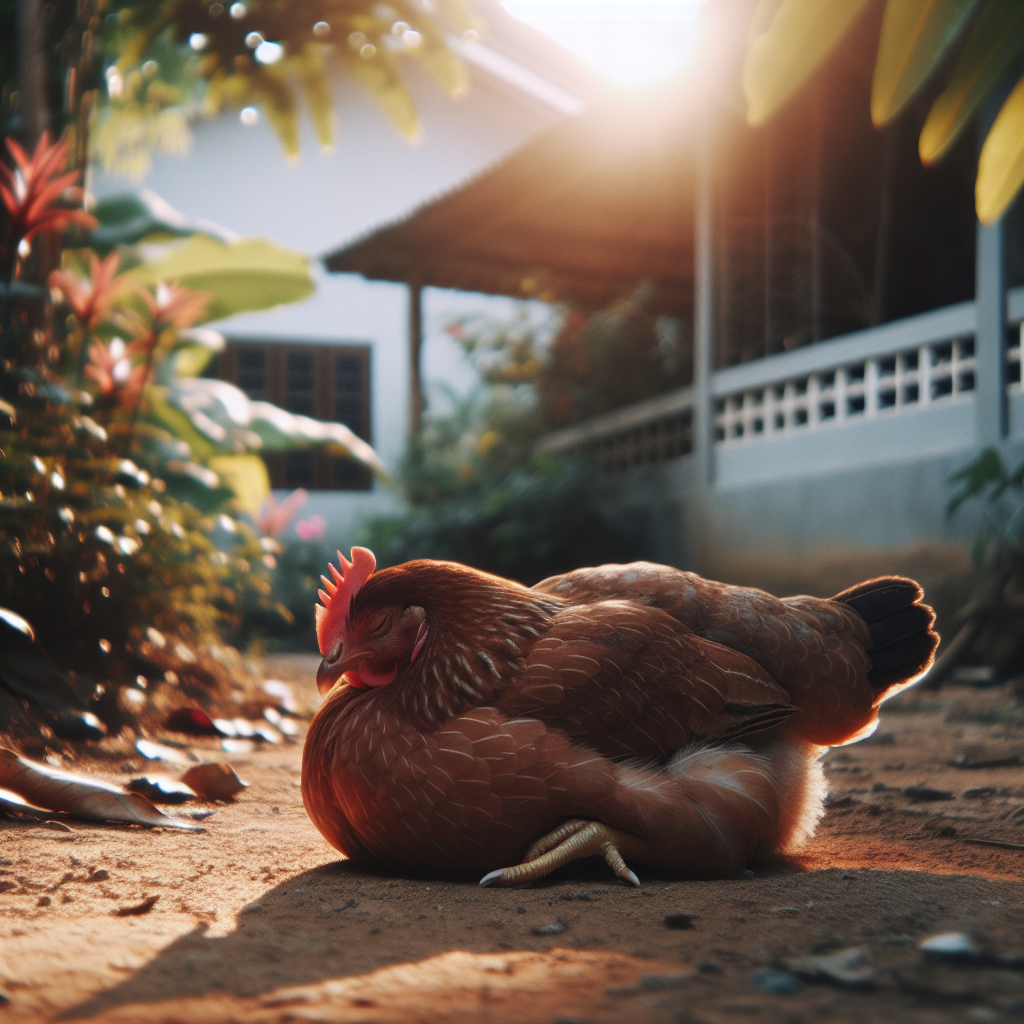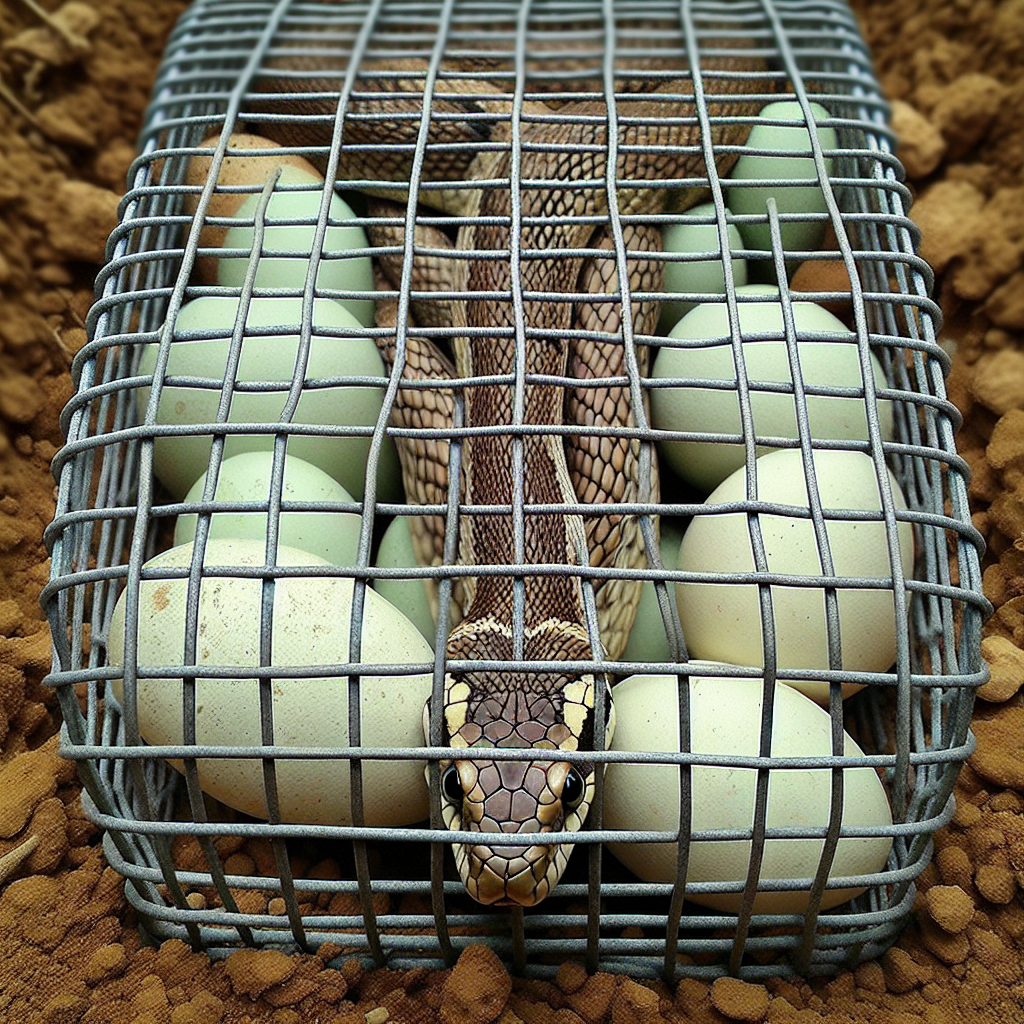If you’ve recently added chicks or younger chickens to your flock, you may have concerns about their safety. Smaller predators can pose a threat to these vulnerable birds, but with a few simple steps, you can ensure their protection. From securing their coop and run to providing adequate supervision and implementing predator deterrents, you’ll find practical tips to keep those fluffy little ones safe and sound. Whether you’re a seasoned chicken keeper or new to the game, this article will arm you with the knowledge you need to safeguard your young flock.
Provide a secure coop
When it comes to ensuring the safety of your chicks and younger chickens, one of the most important steps you can take is to provide them with a secure coop. Installing a predator-proof fence around the coop is essential in keeping out larger predators such as raccoons or foxes. Make sure the fence is tall enough and extends both below and above ground to prevent any potential digging or jumping over.
In addition to a sturdy fence, it is crucial to use hardware cloth instead of chicken wire for added protection. Chicken wire may be suitable for keeping chickens contained, but it does not provide adequate defense against predators. Hardware cloth, on the other hand, has smaller openings which prevent smaller predators such as snakes or weasels from accessing the coop.
Furthermore, the coop itself should have a sturdy door with a lock to ensure that predators cannot easily gain entry. It is also essential to cover any windows and vents with strong mesh to prevent predators from squeezing through or reaching inside the coop.
Create a predator-proof run
Alongside a secure coop, it is essential to have a predator-proof run for your chicks and younger chickens. Use buried hardware cloth to prevent digging predators such as raccoons or skunks from accessing the run. Bury the cloth at least a foot below the ground surface to deter any burrowing attempts.
To provide additional protection from aerial predators such as hawks or owls, installing a roof or cover over the run is crucial. This will prevent these predators from swooping down and snatching your chicks or younger chickens. It is also important to ensure that the run is enclosed on all sides, including the top, to eliminate any potential access points for predators.
Regularly inspecting the run for any weak spots is vital in maintaining its predator-proof status. Look for any gaps, holes, or areas where the structure may have deteriorated over time. Repair or reinforce these weak spots promptly to ensure the safety of your chicks and younger chickens.
Provide adequate lighting
Proper lighting can play a significant role in deterring predators from approaching the coop and run. Install motion-activated lights around the coop to illuminate the area whenever there is movement nearby. These lights will startle predators and make them think twice before approaching.
Inside the coop, artificial lighting should be used during the night to keep the area well-lit. Predators are less likely to venture near a brightly lit coop, as it increases their risk of being detected by you or other potential threats.
Keeping the surrounding area well-lit can also be an effective deterrent. Illuminating the path leading up to the coop and the immediate vicinity will make predators feel exposed and vulnerable.
Keep the coop clean and odor-free
Maintaining a clean and odor-free coop is not only important for the health and well-being of your chicks and younger chickens but also for deterring predators. Spilled feed can attract predators, so be sure to remove any spills promptly. Regularly clean out droppings and bedding to prevent the buildup of odors that could attract predators.
Using predator-proof garbage containers to dispose of waste is crucial. These containers should be sturdy and tightly sealed to prevent predators from accessing and being lured by the scent of waste.
Utilize predator deterrents
In addition to physical measures, utilizing predator deterrents can also contribute to the safety of your chicks and younger chickens. Installing predator deterrent devices such as motion-activated sprinklers or noise-makers can startle and scare away potential predators. These devices create a sudden and unexpected disruption, making predators think twice before approaching the coop or run.
The use of predator decoys or scarecrows can also be effective in deterring predators. These visual deterrents create the illusion of a potential threat, causing predators to shy away. Place these decoys strategically around the coop and run to maximize their effectiveness.
Applying predator-repellent substances around the coop is another option to consider. Certain scents or substances can act as a natural deterrent for predators. Research and use repellents that are safe for chickens and have proven efficacy against predator species in your area.
Provide hiding spots for chicks
Creating secure hideouts for your chicks within the coop is crucial for their safety. Use nesting boxes or small enclosures within the coop that your chicks can retreat to when they feel threatened. These hiding spots should be secure and inaccessible to predators, providing your chicks with a safe haven.
To further enhance their hiding spots, provide ample straw or bedding material for your chicks to hide in. This will allow them to camouflage themselves and prevent predators from easily locating them. Regularly check and replace the bedding to maintain cleanliness and comfort in their hiding spots.
Avoid attracting other wildlife
While certain animals or birds may not pose a direct threat to your chicks and younger chickens, attracting other wildlife can still create an unsafe environment. Securely store chicken feed in rodent-proof containers to prevent rodents from accessing the feed and potentially attracting larger predators. Minimize the use of bird feeders or other outside food sources that may bring unwanted wildlife near the coop or run.
Tightly sealing garbage cans is another important step to avoid attracting scavengers. Ensure that the lids are secure and cannot be easily opened or knocked over. This will help minimize the presence of opportunistic predators looking for an easy meal.
Implement proper flock management
Proper flock management is essential for the safety of your chicks and younger chickens. Regularly monitor them to ensure their well-being and to identify any potential signs of distress or injury. Quickly address any health issues or concerns to prevent them from becoming vulnerable to predators.
Separating young chickens from adult birds is crucial to prevent aggression or accidental injuries. Younger chickens are often more timid and can be at a disadvantage when sharing space with larger and more dominant birds. Provide a separate area or enclosure for your chicks until they are old enough to integrate with the rest of the flock safely.
Handle chicks with care to minimize stress and potential injuries. When picking them up or moving them, be gentle and avoid any rough handling that could cause harm. Reducing stress levels will help keep your chicks healthy and less susceptible to predatory attacks.
Consider using guardian animals
Introducing guardian animals to your flock can be an effective deterrent against predators. Guard dogs or watchdogs can be trained to recognize and bark at potential threats, alerting you and scaring off predators. Their presence alone can also act as a deterrent, as predators tend to avoid areas with larger animals.
Livestock guardian animals such as llamas or donkeys are also options to consider. These animals have a natural instinct to protect their herd, and their size and demeanor can intimidate potential predators. However, it is important to ensure that the guardian animals are compatible with chickens and have received proper training to avoid any harm to your flock.
Install security cameras
For added security and peace of mind, installing security cameras around the coop and run is a recommended step. Set up surveillance cameras that provide good coverage of the area and have night vision capability. This will allow you to monitor the coop and run even during low-light conditions, ensuring that you can quickly identify any potential predators or threats.
Keep recordings from the security cameras for potential evidence or analysis. In the event of a predator attack or suspicious activity, these recordings can assist in identifying the assailant or understanding the circumstances surrounding the incident. Having visual evidence can also aid in making necessary adjustments to improve the security measures in place.
By following these comprehensive steps, you can ensure the safety of your chicks and younger chickens from smaller predators. From providing a secure coop and predator-proof run to implementing deterrents and proper flock management, every precaution taken will greatly reduce the risk of predator attacks. With a combination of physical measures, technology, and good management practices, you can cultivate a safe environment for your beloved feathered friends.




